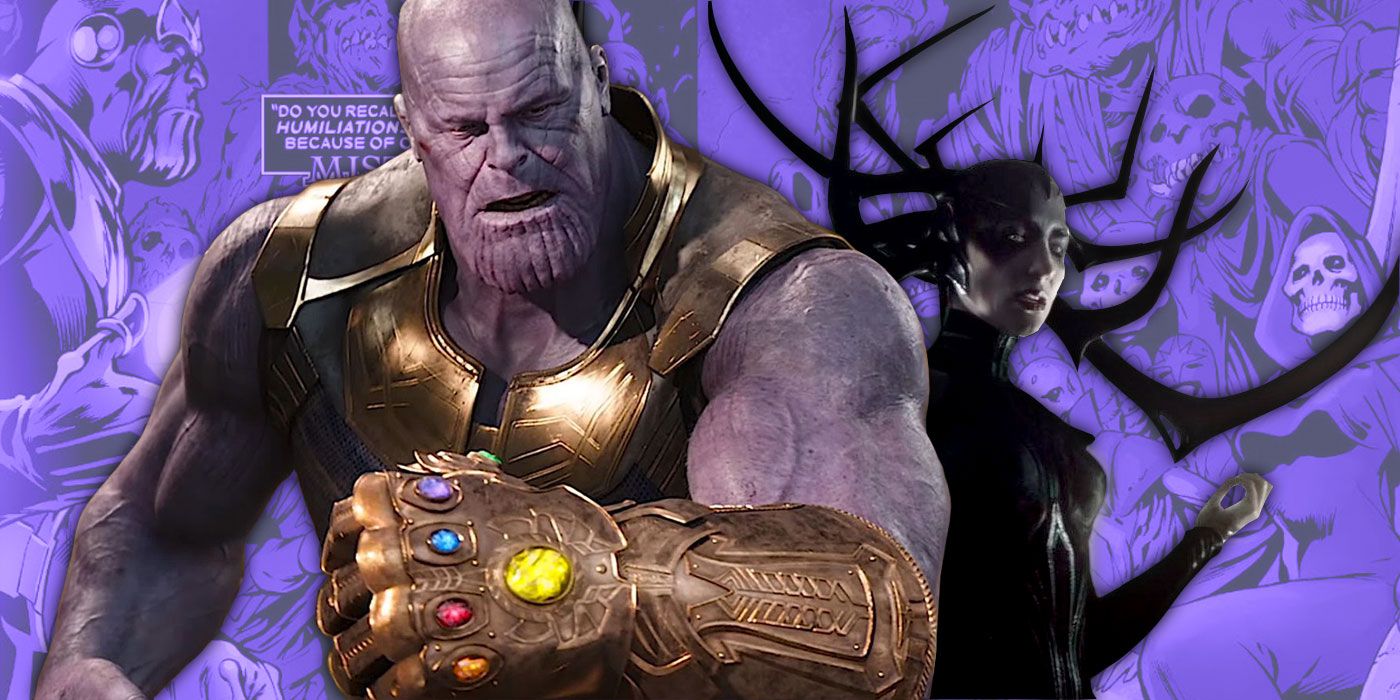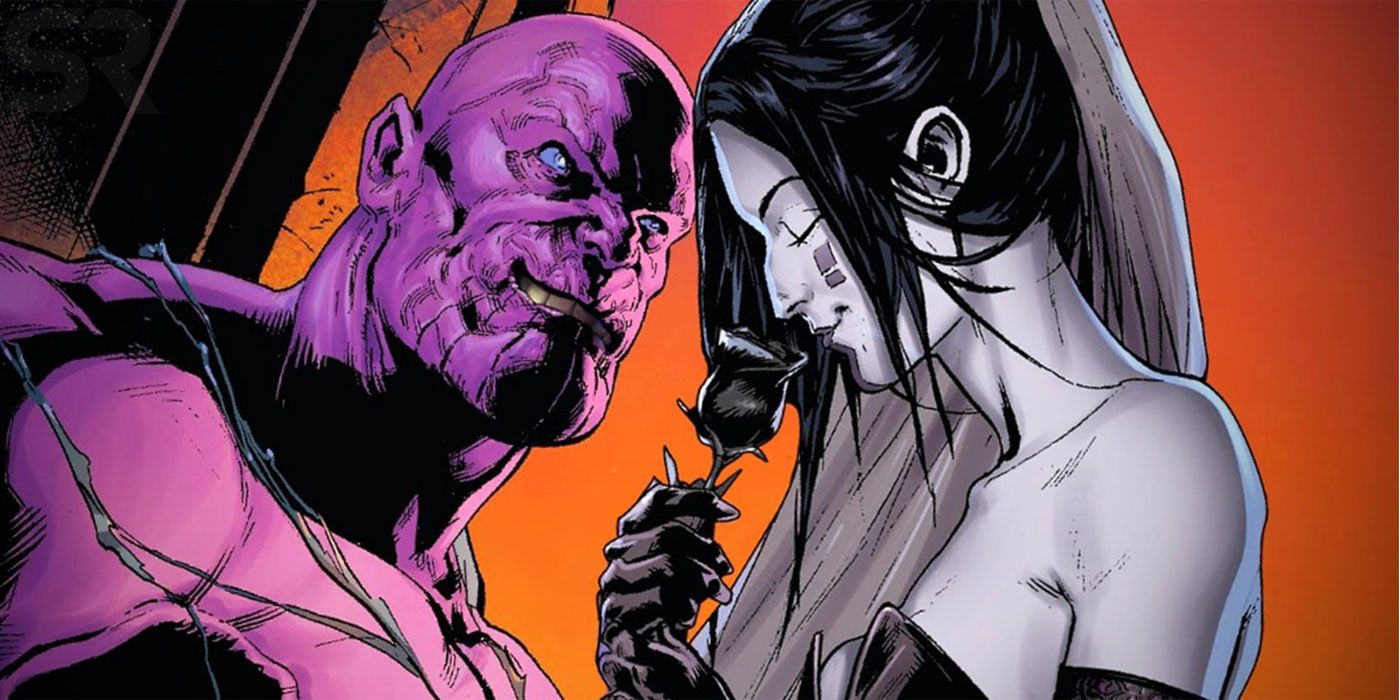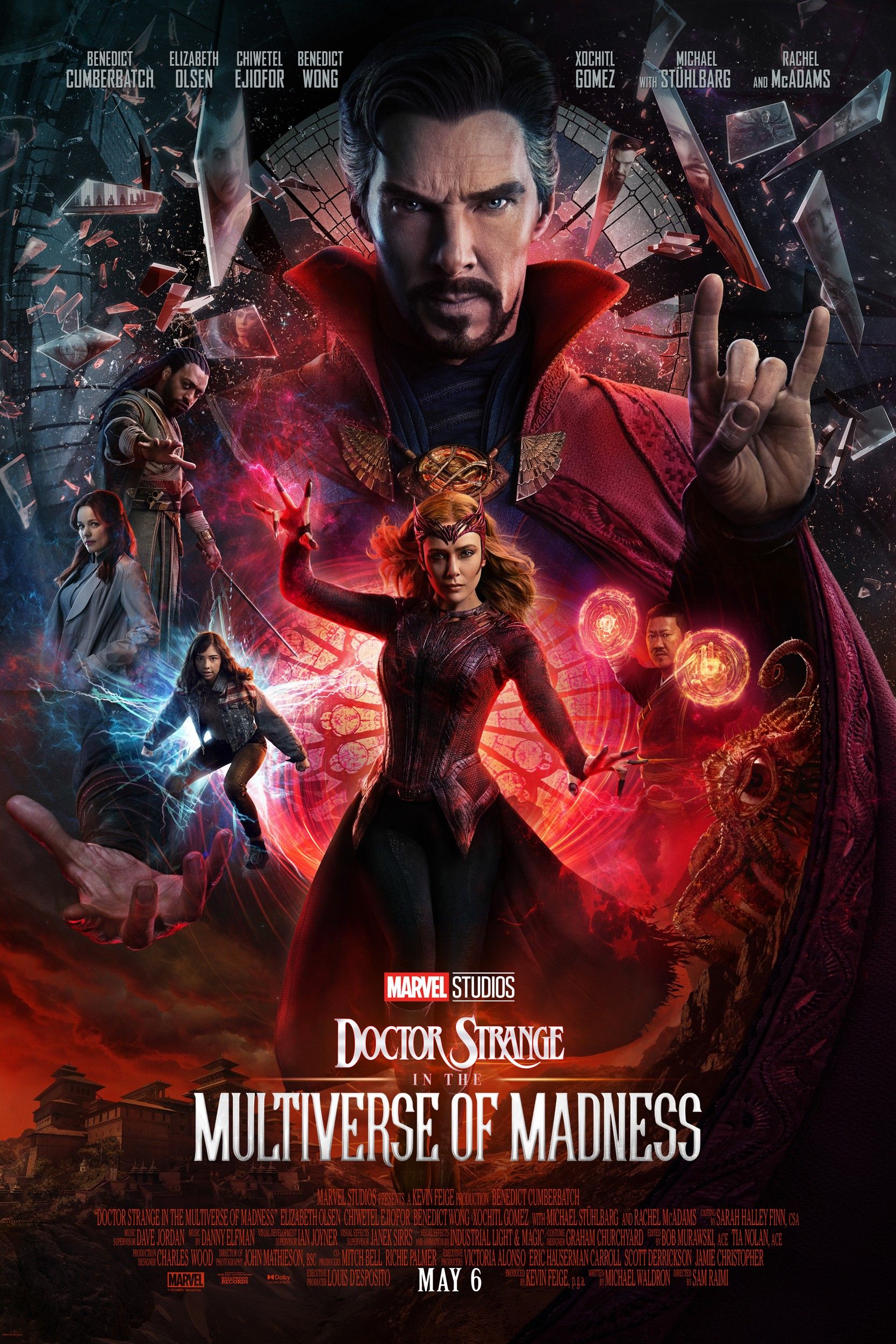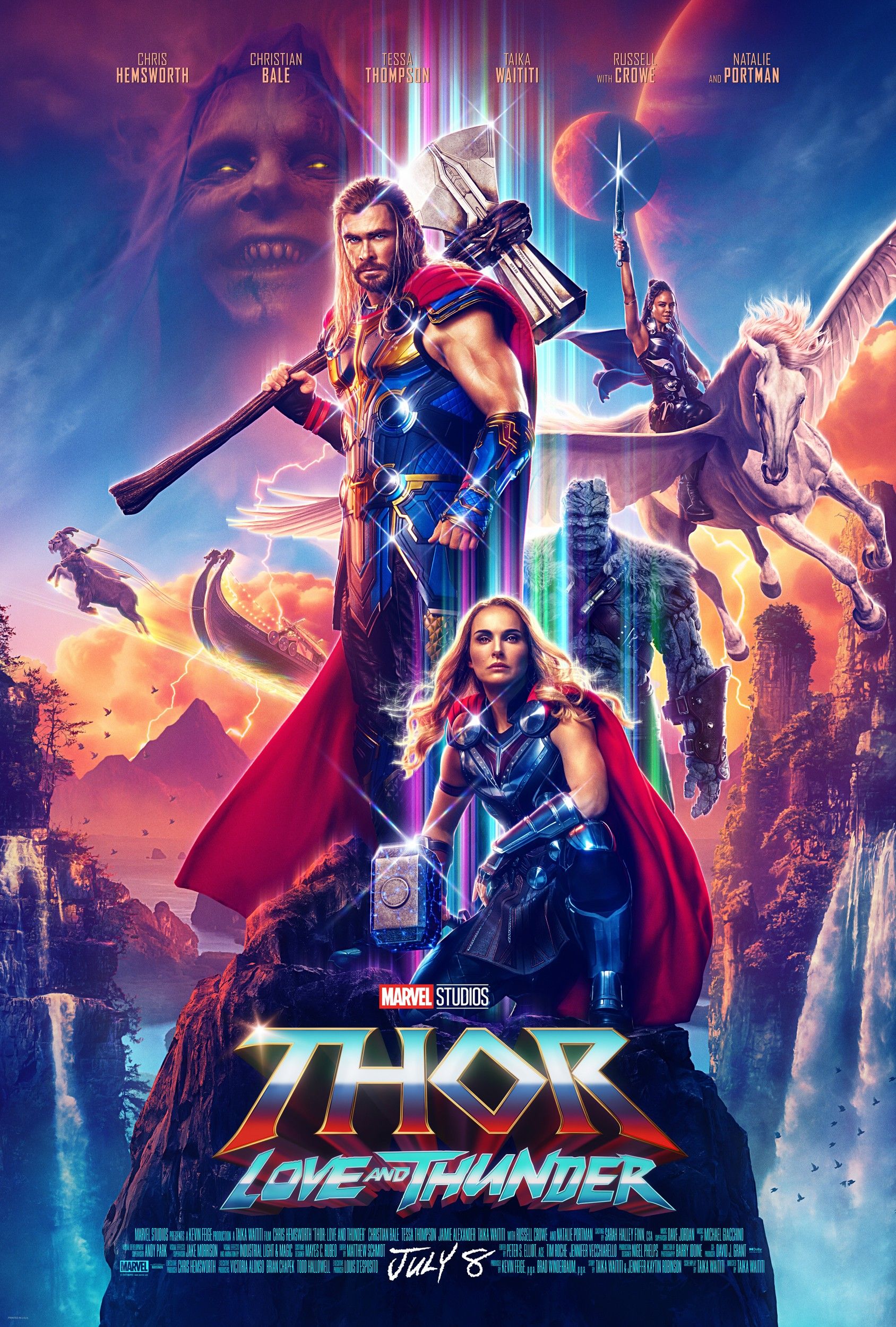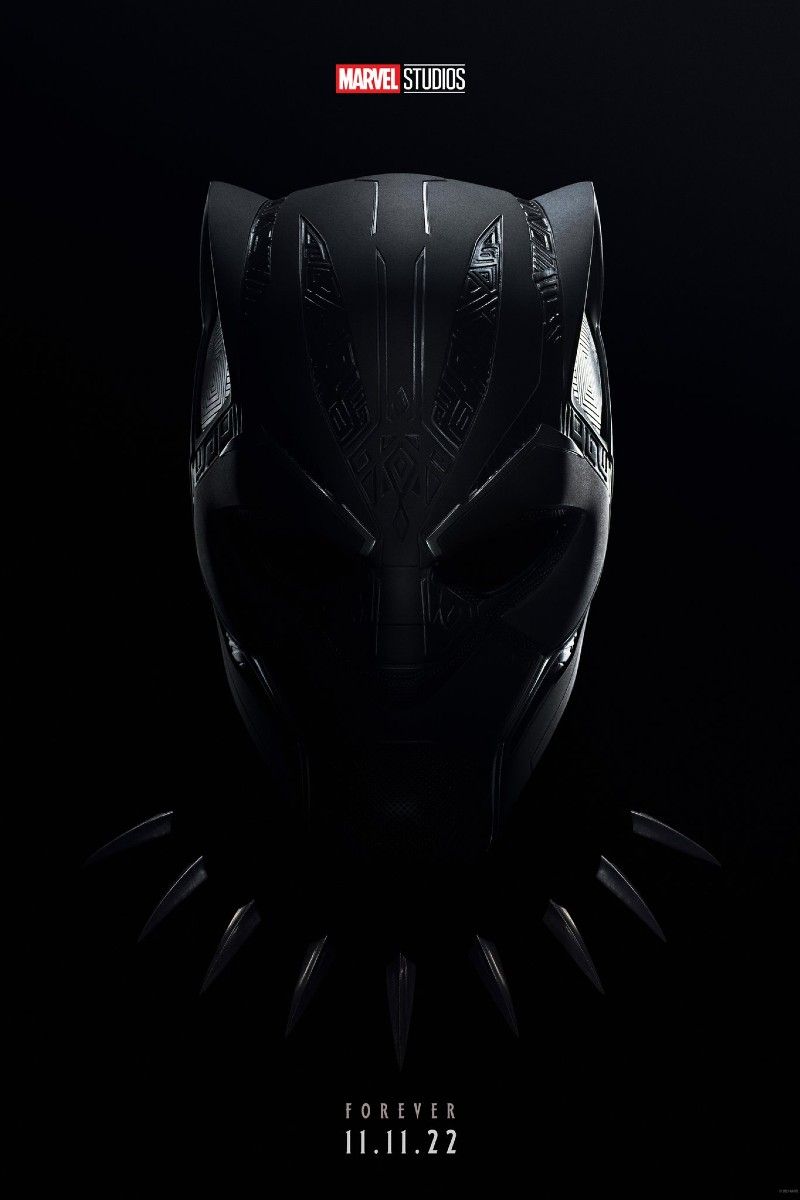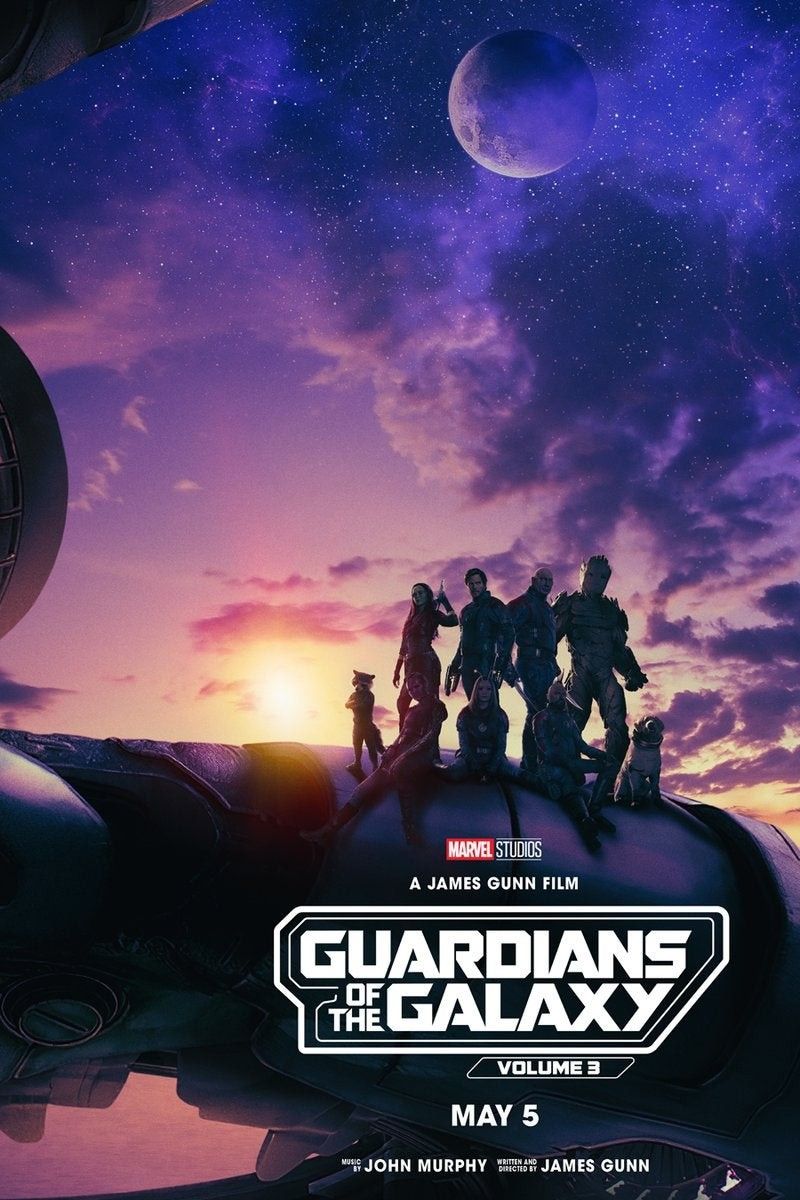Thanos, the villain of Avengers: Infinity War and Avengers: Endgame, ended up with a far weaker motivation than his counterpart in the comics, despite a perfect setup. Critics have widely pointed out how Thanos' Infinity War motivation makes no sense, with his pseudo-"humanitarian" goals. With a little scrutiny, it’s easy to see how randomly killing half of all life in the universe will do little to help the other half. In comic storylines, however, Thanos’ reprehensible actions are because he’s quite literally obsessed with Death.
In Marvel comics, Death is personified as a character. Lady Death is a cosmic entity who, though she has no physical form, can manifest herself in a way that she can interact with the physical world and even speak with people. The comic version of Thanos is wildly in love with Lady Death, and his murderous actions are an attempt to gain her attention. With his every act, she still denies him attention and affection, pushing him to perform greater and greater atrocities.
The MCU had the perfect setup for this, in the form of Hela, the Goddess of Death, introduced in Thor: Ragnarok. She makes her debut in the movie which, chronologically speaking, immediately precedes Thanos arriving to wreak havoc on the Asgardians. It would have been a perfect setup to introduce her right before revealing how Thanos’ plans could have revolved around her. This would avoid the awkward attempt to give a sympathetic backstory to Thanos’ goal of killing half the universe, but giving him a romantic interest would also humanize him somewhat. Thanos is already, arguably, the main character of Infinity War. A twisted and villainous romantic interest would surely not feel out of place.
Hela is quite different, and distinctly more talkative, than Lady Death in the comics, but her movie persona already differs from her comic origins. Hela’s MCU characterization is based quite heavily on the character Angela, who appears in the comics as Thor and Loki’s sister and the former wielder of Thor's hammer, Mjolnir. In Marvel comics, on the other hand, Hela is Thor’s niece and the daughter of Loki – or some version of Loki, in any case. With the MCU already making changes to the source material, it wouldn’t be too big a step to let the Goddess of Death take on an aspect of Lady Death’s character too. What’s more, while Hela seemingly met her demise at the end of Thor: Ragnarok, there's no shortage of fan theories about how she may have survived Surtur’s assault on Asgard.
There was good reason to believe this was the way the MCU’s Infinity Saga storyline might be headed. Thanos’ original MCU introduction, in a mid-credits scene of The Avengers, saw him being told about humans, with the line, “to challenge them, is to court death.” Thanos’ response to this was to give a devious grin, fitting for one who wishes to quite literally court Death. Additionally, Hela’s reappearance would have made Thor’s story doubly compelling, after seeing so many people killed in the name of a sister he'd thought defeated.
With a lot of recent media, there’s a tendency to try and find a way to make the main villain relatable or give them a sympathetic motivation. While this can work well, it can easily make a story worse, especially if their motivation can easily be seen as nonsensical. In a story like Avengers: Infinity War, the murderous Thanos may have been a much stronger character as an embodiment of pure evil, more like the version of Thanos who appears in the final battle of Avengers: Endgame. Sometimes, it’s best to just let villains be villainous.

